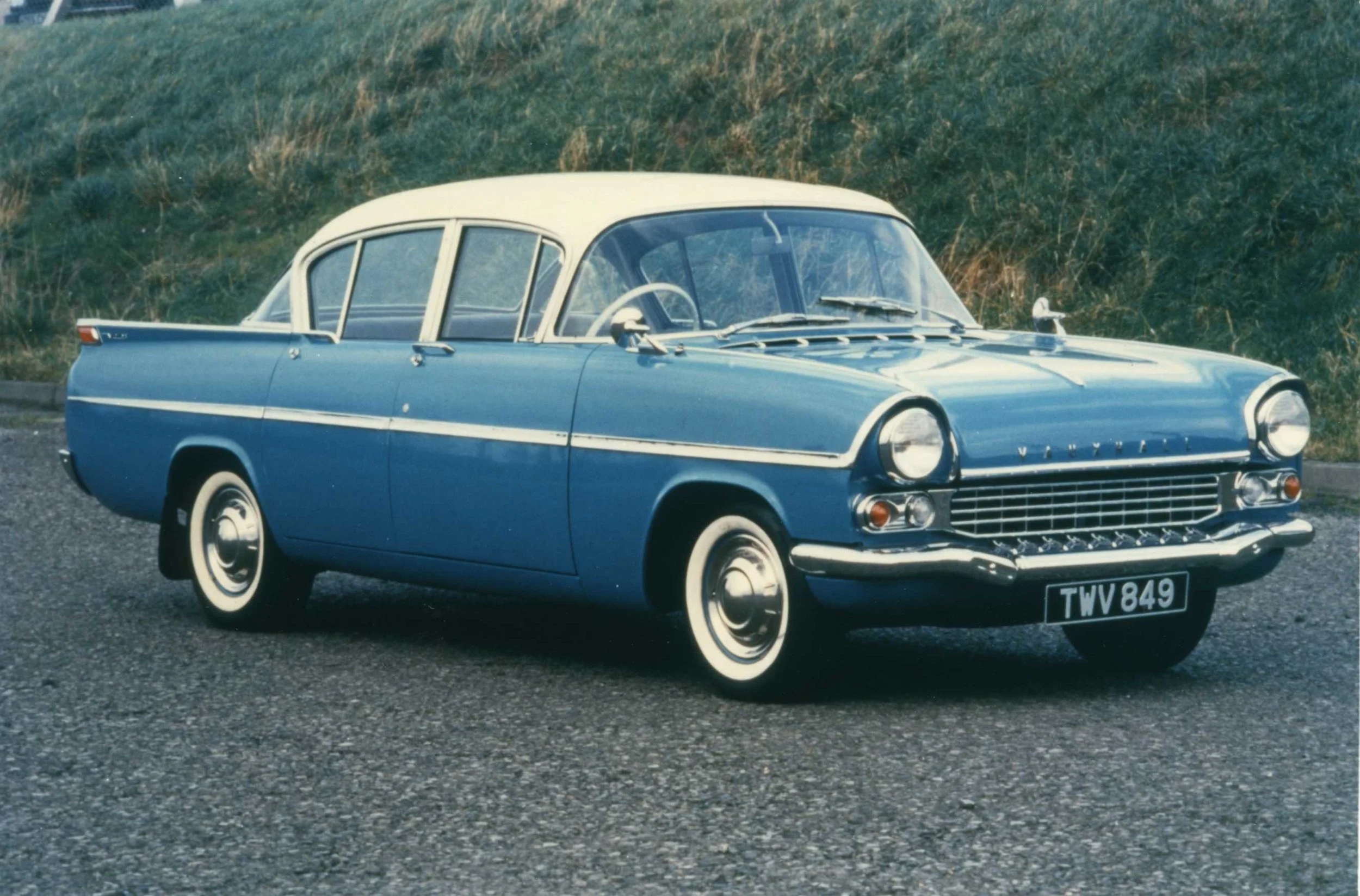Suddenly, at 113 years, Britain’s oldest make of car faces extinction. It is time to buy Vauxhall Model by Model, a study of its continuous history of manufacture from engines at the Vauxhall Ironworks on Thames-side Lambeth, to car factories in Luton and Merseyside. Vauxhall led Edwardian splendour with the Prince Henry and the 30-98, transformed popular cars in Britain with independent front suspension and integral body structures and in 1914 made D-type army staff cars then in 1941 Churchill tanks. Taken over by General Motors in 1927, Vauxhall was integral to British industry, but has an uncertain future following acquisition by Peugeot.
1913-1914 Prince Henry Vauxhall.
General Motors was always envious of Ford’s success in Europe. Henry Ford had set up in Manchester in 1922 and been successful with the Model T. Ford had not annexed anybody; it set up on its own from the start. GM on the other hand had been assembling Chevrolets, Buicks and Cadillacs at Hendon since 1920, taking advantage of import tax breaks favouring CKD (completely knocked down) vehicles over finished ones. They were still expensive against indigenous makes. The Hendon aerodrome factory was given over to Chevrolet trucks, and GM Overseas Operations set about trying to buy Austin of Birmingham.
One of Britain’s leading makers of popular cars Herbert Austin had a fine factory site at Longbridge but getting investment to expand wasn’t always easy. GM preferred Austin to Morris, which made cars from bought-in bits. Longbridge was the complete works and since it had been losing well over £1.5m every year since 1921 GM thought it could be bought easily. Austin directors were wary. They didn’t like selling out to America so turned the deal down. Instead GM had to pay £2.5 million for Vauxhall.
1937 Vauxhall Model H, a GM masterpice with monocoque shell and independent front suspension.
It was just as well. Vauxhall had been basking in the vain-glorious Laurence Pomeroy designs competing with Rolls-Royce and Napier. GM’s swift turnover to popular Cadets saved the day. Innovation was a way of life at GM with pioneering adoption of V8 engines and automatic transmissions yet as historian Michael Sedgwick summed it up: “Between 1925 and 1927 fun went out of the door and black ink appeared on the ledger.”
Prime Minister Winston Churchill inspecting Churchill tank made by Vauxhall in 1940. Named coined from Churchill's ancester John Churchill, Duke of Marlborough.
Vauxhalls became firm favourites of the British middle class. Strikingly styled, more Transatlantic than Fords, sometimes technically adventurous it all looked so tempting that GM bought Adam Opel AG of Germany in 1929. GM was forced to make reassuring noises to the British market that the two would not be merged but in the long run, by the 1960s, following disastrous models with inept styling and quality problems, the German-engineered Cavalier drew the pair effectively together as General Motors Europe. Efforts to integrate Opels into the UK failed. The UK was staunchly loyal to Vauxhall even when production at Luton was confined to vans. Still, in 2017 when it came to celebrating 90 years under the same umbrella, GM had made 500 million vehicles. Some 14.5 million of them were Vauxhalls.
Transatlantic styling. Vauxhall Velox/Cresta of 1957
GM Europe, alas, sustained a 16th consecutive year of losses in 2016 and it remains to be seen what will happen to Vauxhall. Peugeot is unlikely to give it up soon; it would take a lot of unravelling and the abortive moves to impose change with the J-car and joint Opel-Vauxhall dealers in the 1980s remains fresh in the mind. There is already technical crossover between PSA and GM and the medium-term prospect for the Ellesmere Port Astra factory making both Opel-and Vauxhall-badged cars seems secure. PSA expects to achieve some €2billion ($2.1 billion) in savings from the deal. So long-term it may be a different story.
Vauxhall Adam - a current joint GM Europe car.
Vauxhall Model by Model from 1903. An Eric Dymock Motor Book. Dove Publishing £24.99






